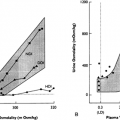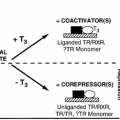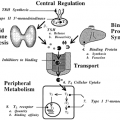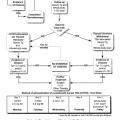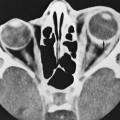PITUITARY GONADOTROPINS AND THEIR DISORDERS
William J. Bremner
Ilpo Huhtaniemi
John K. Amory
The gonadotropins, luteinizing hormone (LH) and follicle-stimulating hormone (FSH), are large glycoproteins secreted from the anterior pituitary gland in response to hormonal signals from the brain and the gonads (Fig. 16-1). LH and FSH serve as intermediary messengers in the neuroendocrine system, which transmits environmental and central nervous system (CNS) information to the reproductive system. By transmitting the effects of exercise, diet, stress, and, in some species, of photoperiod and olfactory impulses, LH and FSH can stimulate ovarian and testicular function and therefore alter the physiology, fertility, and behavior of the host organism. In addition, pituitary gonadotropin secretion responds to hormonal signals returning from the gonads to allow integration of the function of the reproductive system, for example, during the menstrual cycle.
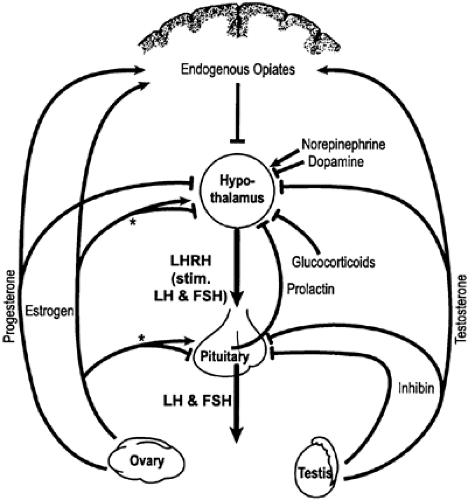 FIGURE 16-1. Schema for the control of gonadotropin secretion. (*Estrogen can be inhibitory or stimulatory to luteinizing hormone– releasing hormone [GnRH], depending on the level and duration of exposure, and perhaps other factors.) (←, stimulatory; |—, inhibitory; stim., stimulates; LH, luteinizing hormone; FSH, follicle-stimulating hormone.)
Stay updated, free articles. Join our Telegram channel
Full access? Get Clinical Tree
 Get Clinical Tree app for offline access
Get Clinical Tree app for offline access

|
